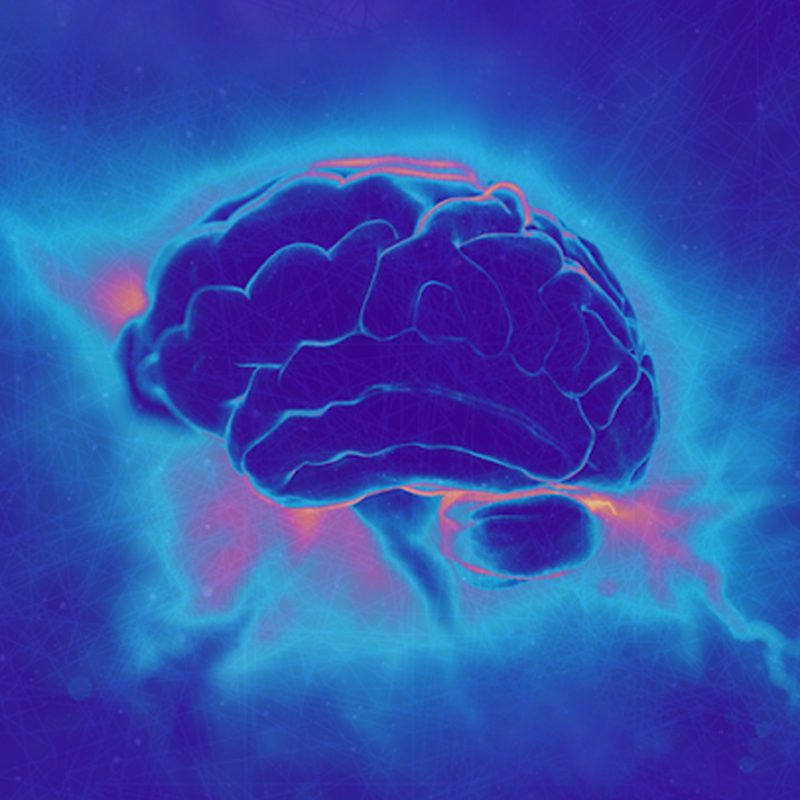Your brain literally influences every part of your health and life. When it’s not functioning optimally, you can struggle, and your life reflects it. Whether you’re facing depression every day, living with a stressed out, anxious partner, or watching your child wrestle with behavior, mental, physical, or other challenges, neurofeedback changes a person’s brain function which, in turn, can improve many physical and mental conditions.
Neurofeedback leverages the brain’s natural ability to physically change its form and function, called neuroplasticity, and its innate reward-seeking drive to guide it to learn healthier ways to perform through operant conditioning. I know that sounds science-y. So, let’s break it down and explain it in plain English.
What Is Neuroplasticity?
Neuroplasticity is an umbrella term referring to the many capabilities of your brain to change, reorganize, and grow, both physically and functionally, in response to input from your environment, behavior, and internal experiences. The concept of a changing brain replaced the long-held belief that the adult brain was a physiologically static organ or hard-wired, after critical developmental periods isolated to childhood.
While it’s true that the brain is much more malleable during childhood and the ease of neuroplasticity declines with age, your brain changes and is capable of change throughout your entire life. There’s no time limit on neuroplasticity. It’s happening every second of every day. Every time you experience or learn something or have thoughts and feelings, your brain makes new connections and pathways or strengthens existing ones. Both learning and memory are neuroplastic processes, meaning they involve chemical and structural changes in your brain.
Neuroplasticity Can Help or Hurt You
Neuroplasticity allows recovery from brain injury, addictions, and mental health conditions. Neuroplasticity has enabled people to recover from strokes, brain injuries, and birth abnormalities, improve symptoms of autism, ADD and ADHD, learning disabilities and other brain conditions, recover from depression and anxiety, reverse obsessive-compulsive patterns, and more. Because of neuroplasticity, you’re not stuck with the brain you’re born with or that you have at any given time in your life. If you make the effort to intentionally guide neuroplastic change, you can improve your brain and mental health.

However, there’s a dark side to neuroplasticity. The same characteristic that allows your brain to be resilient and rewire itself, also makes it vulnerable to unintentional changes that don’t help you. For example, all addiction is the result of neuroplastic change. It’s because of neuroplastic changes that bad habits become ingrained in your brain, valuable skills are lost as your brain ages, and some brain illnesses and conditions develop in humans. For example, science is showing that depression and anxiety may be the result of neuroplastic brain changes over time.
Neurofeedback works because of neuroplasticity. It guides neuroplastic change to help you.
What Is Neurofeedback?
Neurofeedback is a type of biofeedback that teaches a person’s brain optimal functioning through real-time monitoring of brainwave activity and feedback. A brain learns to perform at ideal levels and continues to self-regulate and operate at those levels after training, which relieves the symptoms of many physical and mental health conditions.
Neurofeedback is NOT any kind of electrical stimulation or shock to your brain. In fact, it’s completely non-invasive and painless. Neurofeedback doesn’t directly stimulate the brain at all. Nothing ever goes to or in your brain. External sensors are placed on the scalp which record brainwaves and send the data to a computer in real time. The computer gives the brain feedback which teaches it to perform at desired levels by tapping into the brain’s reward system to guide neuroplastic change.
How does it work?
The neurofeedback software reads the brainwaves at the locations of the qEEG sensors on your head in milliseconds and responds almost instantly with reward or punishment. Learning to alter voluntary behavior in this way is called operant conditioning. As part of your brain’s survival instinct, it’s always seeking rewards — originally things like food and mating — to ensure that the human species continues.
During a single neurofeedback session, the brain has numerous opportunities to self-correct and be rewarded for it. When the software reading your brainwaves detects activity outside the healthy levels set by your Grey Matters brain advocate, it stops the reward as punishment. For example, music or a movie quits playing, a Pac-man stops gobbling dots, or a rocket ship stalls. The reward resumes when your brain starts performing within the desired range again.
All learning occurs at a subconscious level. You don’t actually have to “do” anything. With consistent repetition and time, the brain learns to self-regulate and makes permanent physiological changes to perform more optimally and will continue to operate at this level after the training sessions. Because it’s a learning process, the results of neurofeedback occur gradually over time.
How Much Training Is Needed?
Neurofeedback training is like exercise for your brain. As with physical exercise, supporting and encouraging your brain and body with dedication and repetition are crucial to see the most change. Neuroplasticity works under the same conditions that exercise does for the body. You’re not going to see much benefit from a single yoga class or one run.
However, doing yoga or running with consistency, over time, will gradually have noticeable, lasting effects on your body. The same is true for the practices that shape your physical brain and its operation. Almost everyone notices beneficial changes within the first ten sessions. An average of 25-40 sessions are typically needed for the brain to make permanent neuroplastic alterations.
We want you to get the most positive results from your neurofeedback training possible. You can ensure that happens with activities that nurture and bolster your brain. Your behavior and habits matter all the time for brain health and performance — but especially when doing neurofeedback. After your initial schedule is complete, we recommend that you train once a month for maintenance and live a brain-healthy lifestyle to keep your brain at peak performance.
You could be on your way to a better brain and life in weeks!

Conclusion
Neurofeedback training can optimize brain wave amplitudes, enhance connectivity between parts of the brain, and adjust the amount of activity and responsiveness of specific regions of the brain. Neurofeedback is proven by science and has been around for decades. NASA even uses it to help astronauts improve focus and mental clarity.
When you begin neurofeedback training, you are taking steps to better your brain and life. Your brain is changing all the time — whether it’s to your benefit or not. A lot of the time it’s not. Neurofeedback allows you to guide this change to help you transform your brain and life for the better.
Neurofeedback successfully improves many conditions, including depression, autism, ADD and ADHD, brain injuries, concussions, OCD, stroke recovery, PTSD, addictions, seizure disorders, migraines, chronic pain, and more. By fine-tuning the brain’s performance, neurofeedback can also improve focus and concentration. For example, neurofeedback brain training can enhance a person’s performance at school, golf or other sports, or work.
At Grey Matters, we are passionate about helping people live their best lives, including optimizing their brain’s health and function. Give us a call at (317) 215-7208 or send us a message today to talk about how we can help you.


